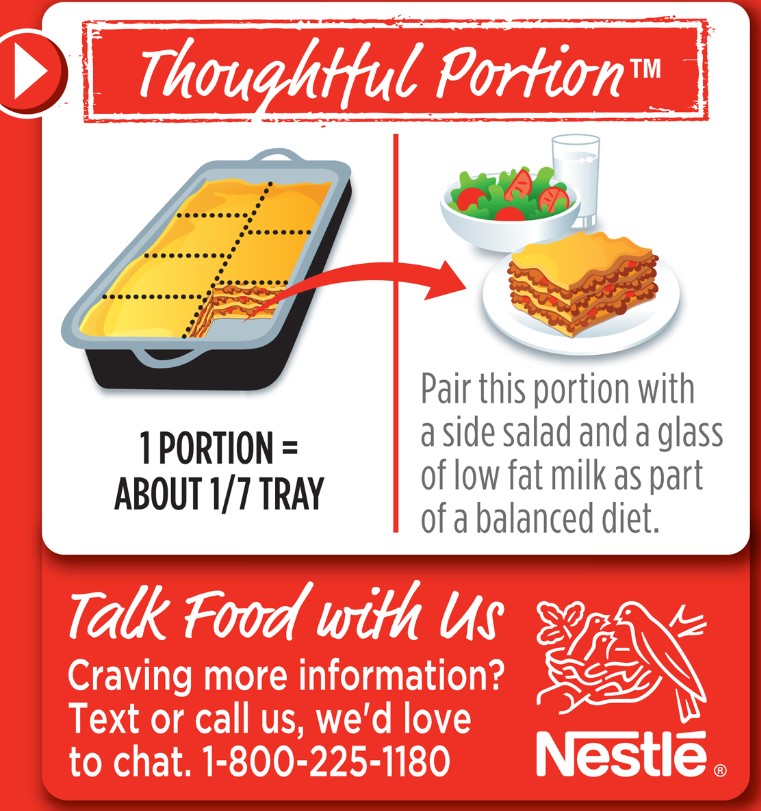In 1993, the nutrition education video cassette What’s on Your Plate was released. The cardboard VHS jacket (this was the pre-DVD era) describes the contents as “an innovative nutrition education program featuring a series of public service announcements (PSAs) that debuted on the CBS Television Network.”
The video’s production value is high, with each 30-second segment featuring lively, colorful clay animated characters. Each segment starts with host Willie Munchright receiving a letter — delivered through increasingly whimsical means (one falls out of a cereal box, another comes in a crate from Tahiti) — that includes a nutrition question. “Oh it’s today’s letter!” exclaims our host. “‘Willie, what’s your favorite drink? M.T. Glass.’ Excellent question M.T.!” Thus starts the segment on why kids should drink milk (1 percent, of course).
These truly delightful PSAs were developed for kids ages K-12. Willie and his friends, in ever-changing clay animated settings, deftly translated the latest Dietary Guidelines for Americans and Food Guide Pyramid recommendations into images and language children could easily relate to and “digest.”
Each episode concludes with a nutrition message that rhymes to make it easy for kids to remember (e.g., “Zap your hunger and thirst with ‘everyday foods’ first.” “Dudes with brains eat plenty of grains!”) before the credit “Nutrition Content provided by the Society for Nutrition Education” appears with each fade to black.

Jennifer Wilkins, PhD, RD
The nutrition content provided in these PSA was evidence-based and consistent with federal dietary advice of the day. Had the viewer missed the introductory and final credits, the program might have escaped scrutiny.
As it happens, the video opens with warm applause as a golden-arches yellow curtain opens and the announcer enthuses, “Thank you! Thank you! McDonald’s proudly sponsors “What’s on Your Plate?” with your host Willie Munchright.”
Once it’s clear the project was underwritten by the McDonald’s corporation, it makes sense that sugar-sweetened beverages didn’t figure in the examples of “sometimes foods” in the sugar segment. Or that french fries or hamburgers were not mentioned in the segment about avoiding too much fat. In my opinion, by omitting common fast food sources of fat, salt and sugar from the PSAs, the McDonald’s bottom line was protected at the expense of important nutrition information.
Some may remember this project as the Society’s first major corporate partnership and also, given the partner was a major fast food company, as a source of much contention among members. It stands as a powerful reminder that great care must be taken when when partnering with food corporations in order to maintain our credibility, integrity, and public reputation.
As Marion Nestle puts it, “although accepting support from a food company does not necessarily mean that we endorse its products, the public may perceive us as doing so.”
Increasingly, corporate sponsorship and partnerships with professional organizations has become a concern for their members, inspiring many to get involved in developing policies to prevent conflicts of interest and ensure transparency and disclosure. A survey of Academy of Nutrition and Dietetics members revealed they felt the Academy “should be more selective as to which corporations should be allowed to sponsor the association.” Over two- thirds of respondents (68%) stated that the acceptability of corporate sponsors is dependent upon who the sponsor is, most (83%) agreed that members should have a say in deciding who should be Academy sponsors and almost all (97%) felt that the Academy should verify that a sponsor’s corporate mission is consistent with that of the Academy prior to accepting them as a sponsor.
In my opinion, SNEB and our Foundation should be ever vigilant to potential conflicts of interest and untoward influence. After the McDonald’s experience, our Society engaged in a productive and meaningful process to develop safeguards in the form of guidelines and policies for engaging with external entities. As stated in our External Funding Policy, the Society and our Foundation “seek funding that supports our mission, vision, and values.” Further, we “seek to foster an atmosphere of appreciation of the contributors as well as one of transparency to SNEB members and the public. These funds are used to enhance the work of the Society and increase benefits to members.” When recruiting for organizational membership, our members indicated in a recent informal survey that SNEB should prioritize food systems organizations, funders and organizations that align professionally with SNEB.
SNEB has a strong policy framework for engaging in fruitful and mutually-beneficial partnerships and sponsorships. It is our responsibility, as guardians of our integrity and public reputation, to see this as a living document that evolves and strengthens over time.
This editorial was originally published in the February 2020 issue (Vol. 52, Issue 2) of the Journal of Nutrition Education and Behavior.
continue reading
Related Posts
As the holidays approach you may have more time to
In the news…good news: school meal reimbursements will continue during
SNAP continues to be in the news… Louisiana’s SNAP waiver



